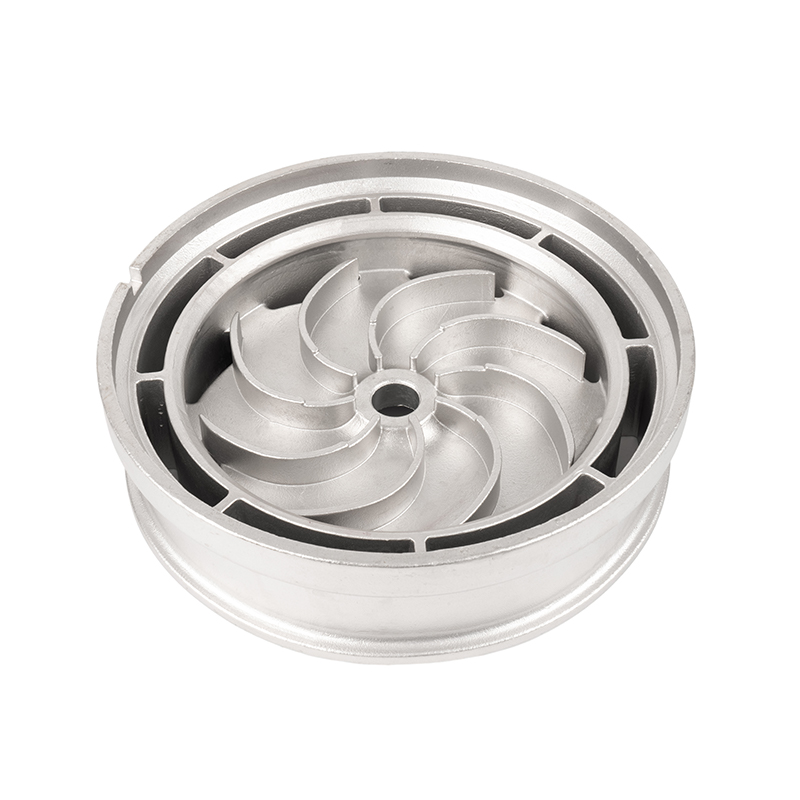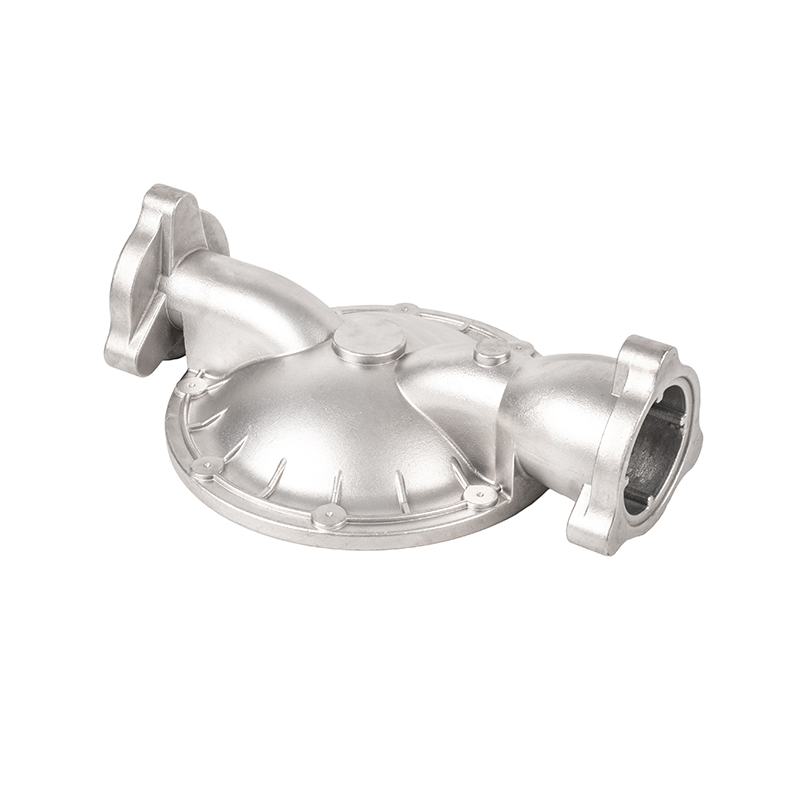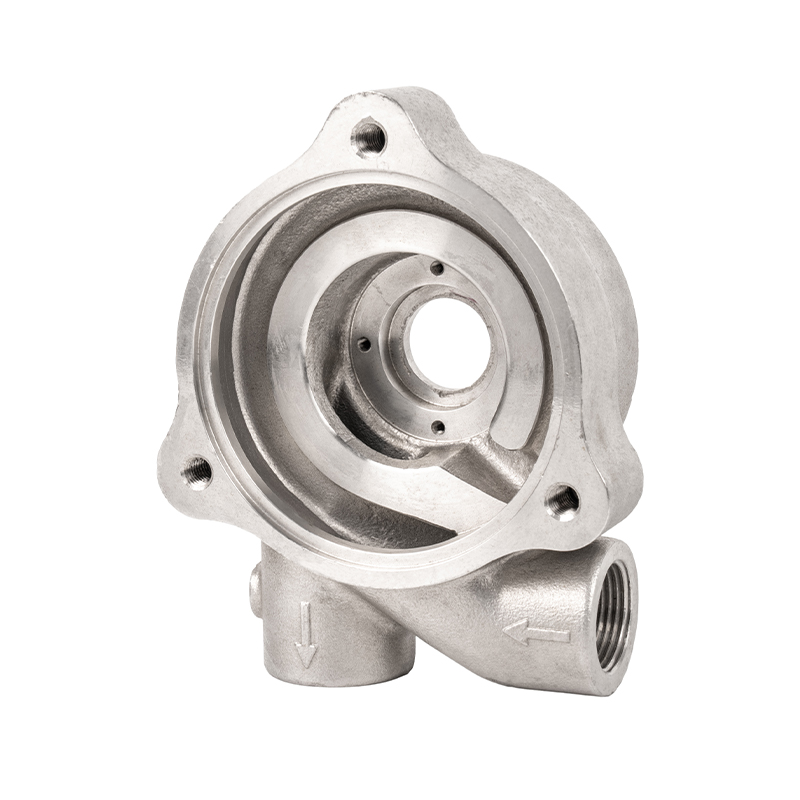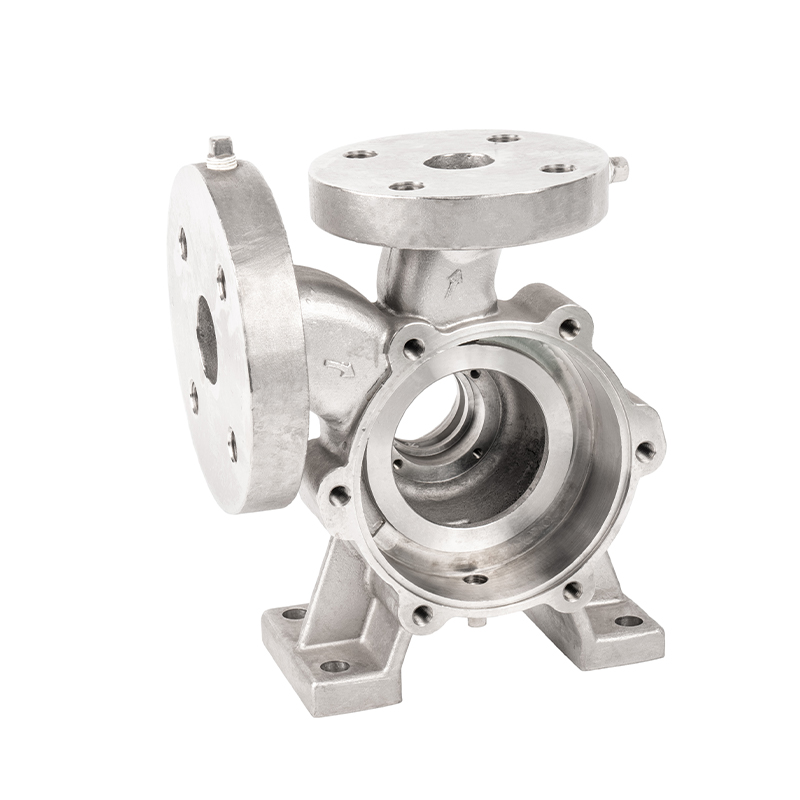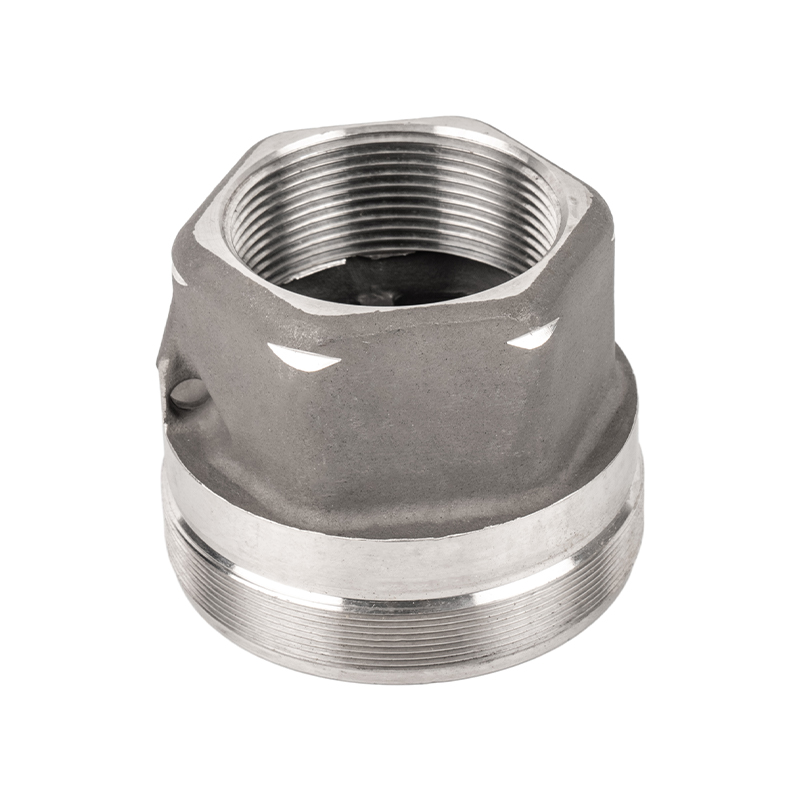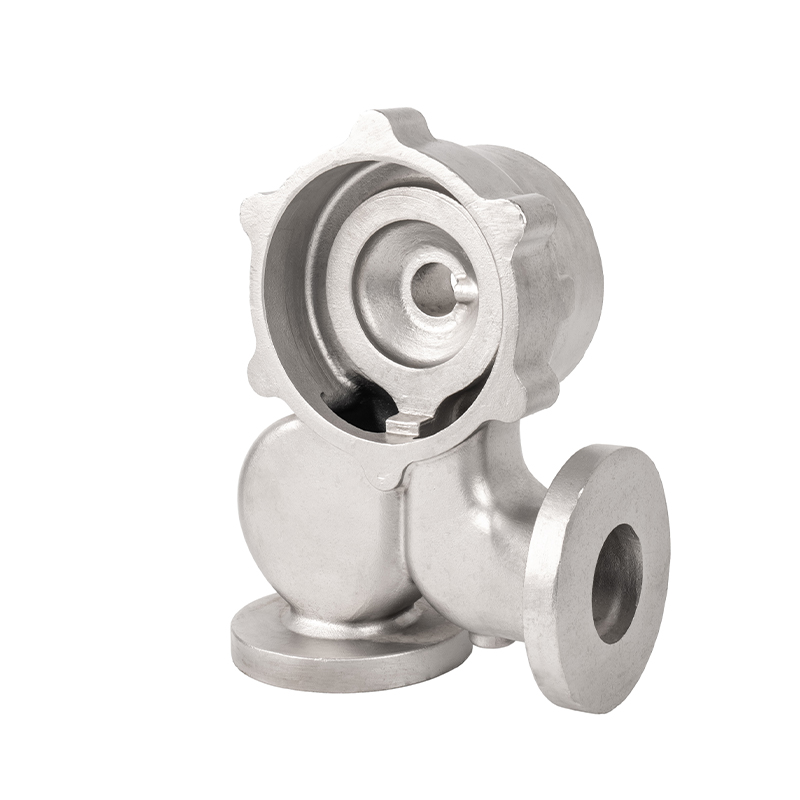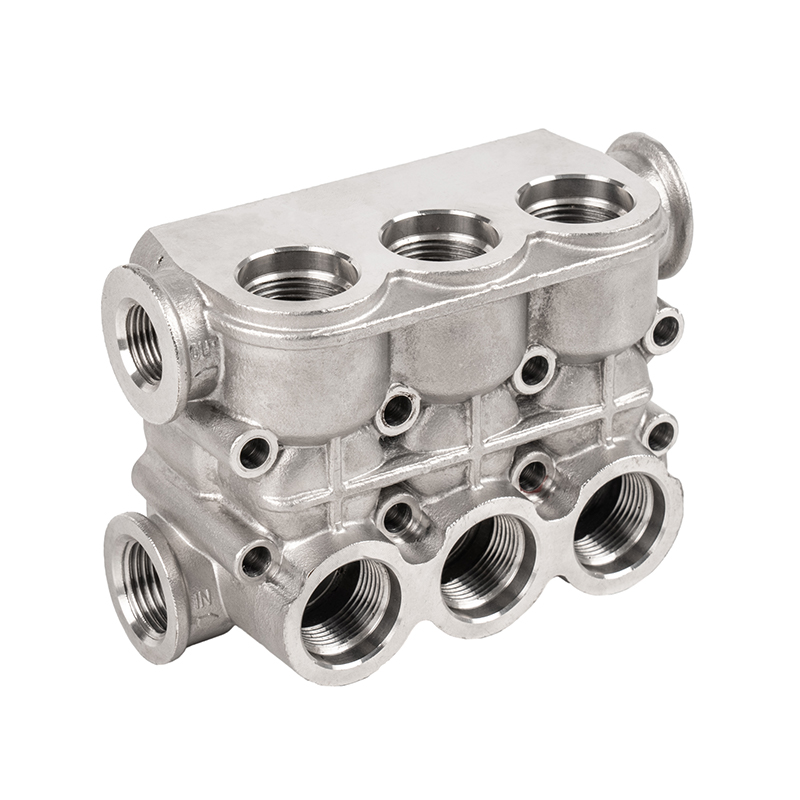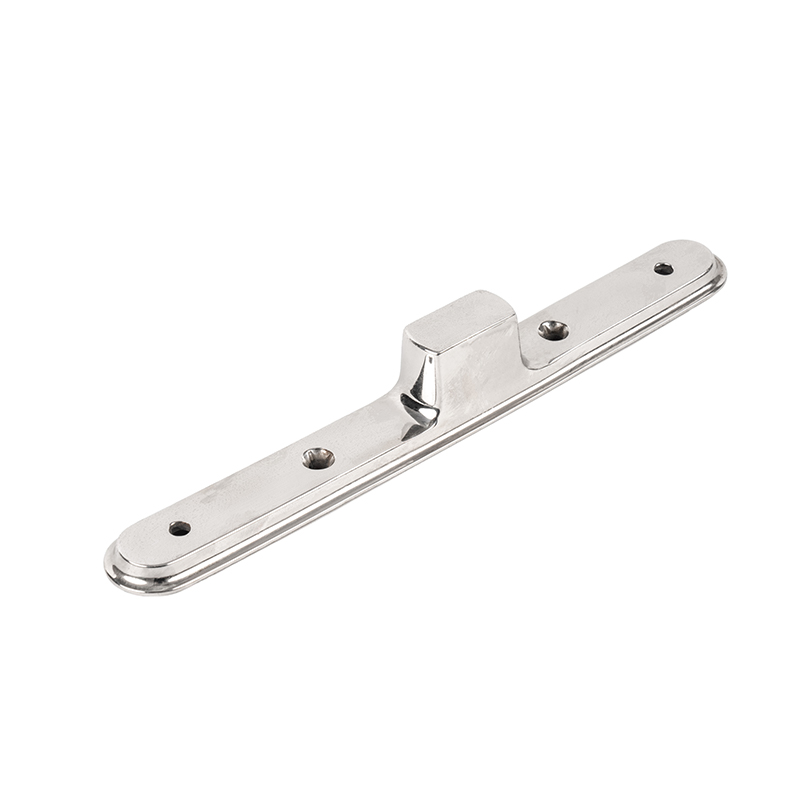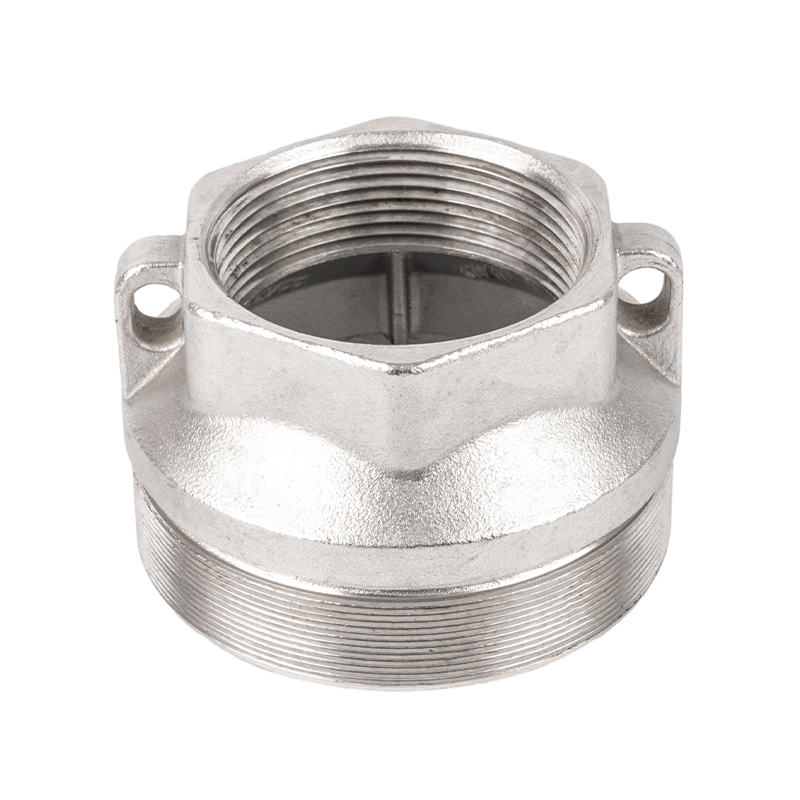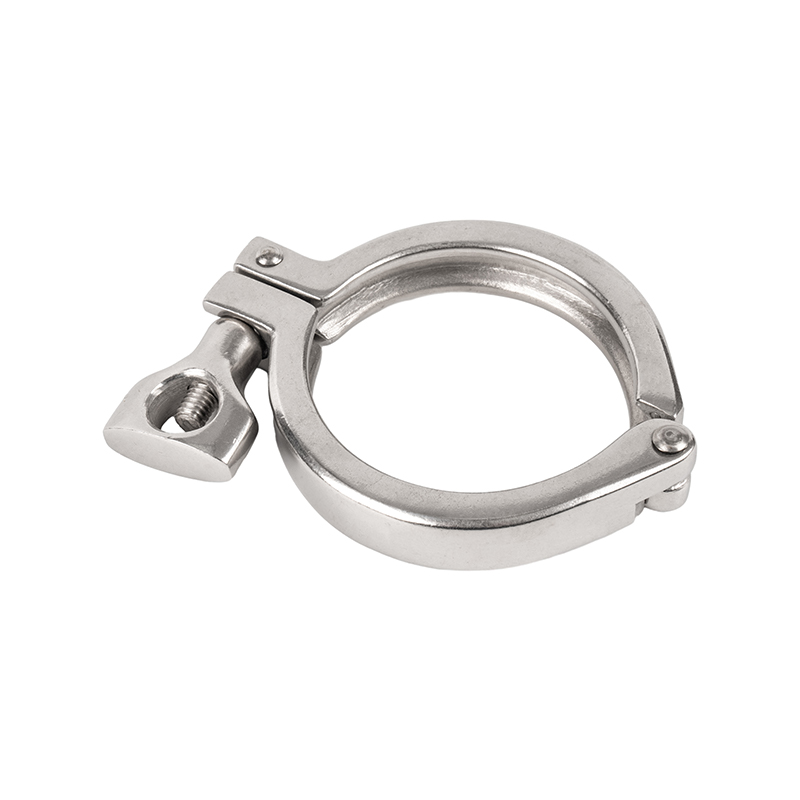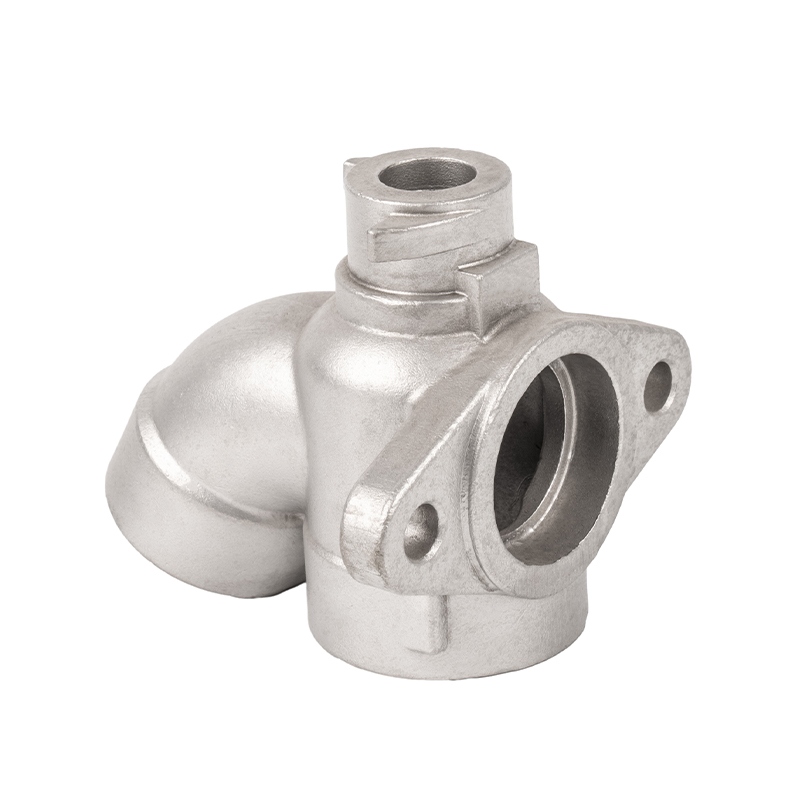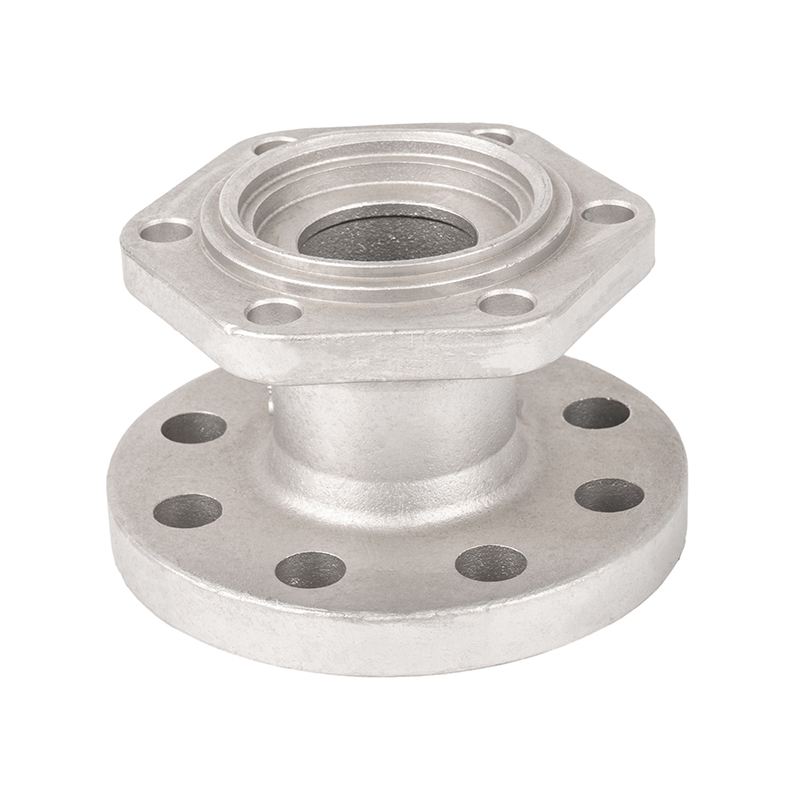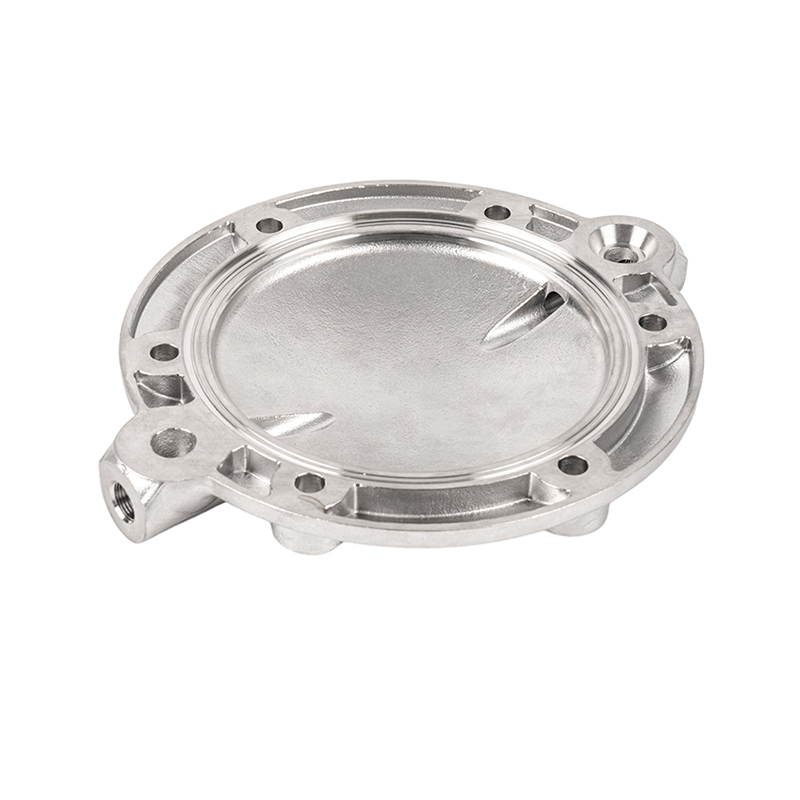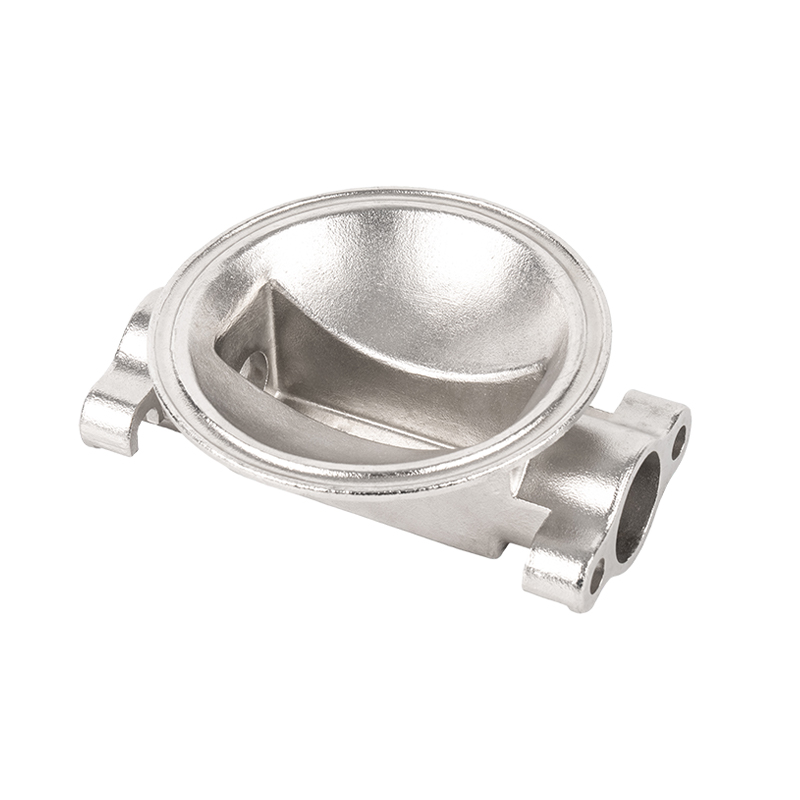What should be paid attention to during the axial flow pump castings melting process
In the foundry industry, the choice of raw materials plays a decisive role in the quality of the final product. Metal materials used for casting usually include cast iron, aluminum alloy and stainless steel. These materials have different melting temperatures and physical properties. Therefore, when selecting materials, it is necessary to comprehensively consider the design requirements of the casting and its use environment. For example, cast iron is widely used in high-strength axial flow pump castings due to its castability and wear resistance; while aluminum alloy is suitable for specific applications due to its light weight and corrosion resistance. In addition, the composition analysis of raw materials should not be ignored to ensure that the metals used meet the relevant standards to avoid casting defects caused by material quality problems.
The selection and maintenance of smelting equipment is also an indispensable part of the casting process. The types of furnaces include electric arc furnaces, induction furnaces and high-frequency furnaces, and each type of furnace has its own unique advantages and disadvantages. When selecting a furnace, multiple factors such as the type of smelting metal, smelting volume and production efficiency need to be considered. At the same time, the maintenance and care of the furnace is equally important. Regularly check the furnace body, refractory materials and heating system to ensure the stability and safety of the smelting process.
During the smelting process, temperature control is a key factor affecting the quality of castings. Each metal material has a specific melting temperature, and too high or too low temperature will have an adverse effect on the quality of the casting. Too high a temperature may lead to excessive oxidation of the metal, volatilization of alloy elements, and even overheating; while too low a temperature may cause the metal to fail to melt completely, forming inclusions or pores. Therefore, a high-precision thermometer and control system are required during the smelting process to monitor the temperature of the molten metal in real time and adjust it according to the actual situation.
The composition control of the molten metal is also crucial. During the smelting process, chemical composition analysis is required regularly to ensure that the alloy composition of the metal meets the design requirements. The proportion of alloy elements directly affects the mechanical properties and corrosion resistance of the casting. Therefore, during smelting, alloy elements need to be added in time according to the composition analysis results. In order to prevent oxidation and contamination of the metal, appropriate protective gases such as argon or nitrogen should be used during the smelting process to reduce the contact between the molten metal and the air.
During the smelting process, the removal of impurities and gas treatment are equally important. During the smelting process, oxides and other impurities may be generated on the metal surface, which can have a negative impact on the quality of the casting. Therefore, foundries usually add deoxidizers such as aluminum or ferrosilicon to remove oxides from the molten metal. In addition, the use of advanced technologies such as vacuum melting or inert gas protection melting can effectively reduce the generation of gas inclusions, thereby improving the density and strength of the casting.
After the smelting is completed, the preparation work for the pouring process also needs to be paid attention to. Before pouring the molten metal into the mold, it is necessary to ensure that the temperature of the mold is appropriate to avoid casting defects caused by excessive temperature differences. Preheating the mold can effectively reduce the temperature difference between the metal and the mold, thereby reducing the stress and deformation risk of the casting. At the same time, during the pouring process, the pouring speed and method should be controlled to ensure that the molten metal fills the mold evenly and avoid defects such as pores or cold shuts.


 English
English Español
Español русский
русский 中文简体
中文简体

